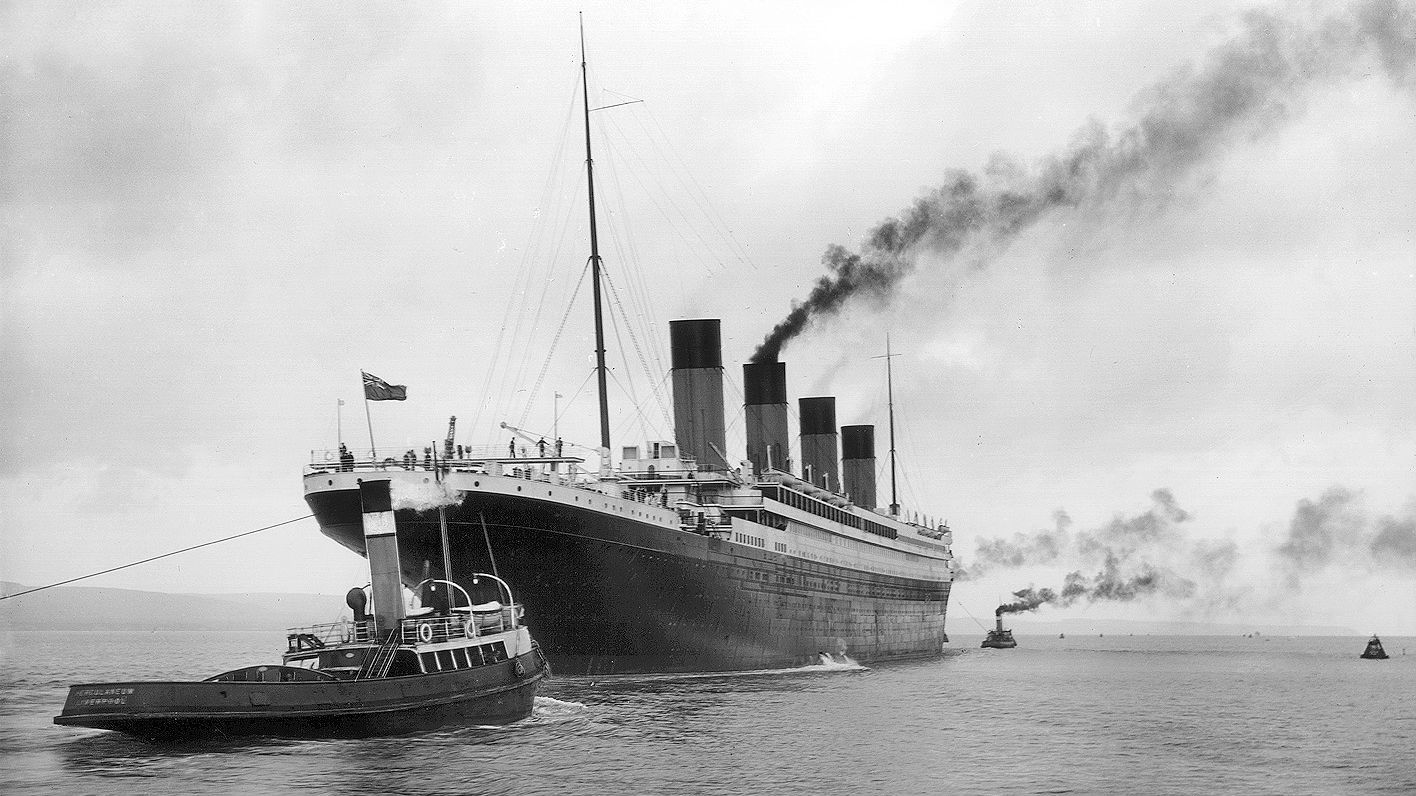Journalist Links Titanic Fire to Sinking

In a Channel 4 documentary Titanic: The New Evidence, Irish journalist Senan Molony claims that a fire on the RMS Titanic weakened the ship’s hull before it hit the iceberg that caused it to sink.
The belief that a fire burned in one of the vessel’s coal bunkers for days is not new. However, Molony appears to be the first to link it directly to the vessel’s loss.
More than 1,500 passengers lost their lives when the Titanic sank on route to New York from Southampton in April 1912.
Molony told The Times that recently auctioned photos of the Titanic show 30-foot-long black marks just behind where the ship’s hull was pierced by the iceberg.
The fire reportedly reached temperatures of up to 1,000 degrees Celsius (1,800 degrees Fahrenheit). Molony cites experts saying that the steel of the hull would have been brittle as a result of the heat from the fire, reducing its strength by 75 percent.
In 2004, Ohio State University engineer Robert Essenhigh said attempts to control the fire could explain why the Titanic was sailing so quickly, 22 knots, through ice-infested waters. Typically, such fires were controlled by shoveling coal from the bunker into the boiler more quickly, causing the ship to speed up.
Another researcher explains the vessel’s speed as an attempt to get the passengers to New York before a potential explosion occurred.
However, whether or not the fire would have made a significant difference given the Titanic hit a large iceberg at sea remains a topic of debate.
